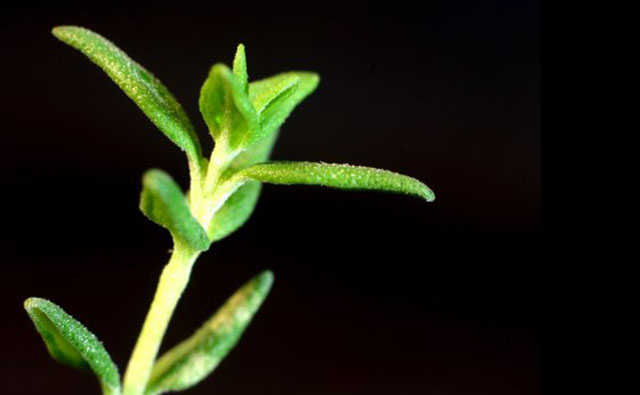Industry News, Agriculture & Feed, Feed
Phytogenics: Mainly used for their antimicrobial effects

Industry News, Agriculture & Feed, Feed

Image: ©Dreamstime via Allaboutfeed.net
This is according to a survey among 758 agribusiness professionals from 87 countries. The survey was done by animal nutrition company Biomin in December 2017. The respondents included to a great extent of veterinarians, nutritionists and scientists coming from South America (35%), Europe, the Middle East and Africa (25%), North and Central America (22%) and Asia Pacific (18%).
Just over half the respondents (51%) indicated that they currently used PFAs as part of their poultry or livestock feeding programme. 11% of the respondents had used PFAs in the past but were no longer using them, while 38% had never used PFAs. Respondents in Asia Pacific showed the highest rate of PFA use of any region at 65%. In South America, the majority of respondents (53%) indicated that they currently used phytogenics, followed by the North and Central America (47%). Respondents in Europe, the Middle East and Africa were least likely to use PFAs, but 43% of respondents still indicated current use. By job profile, nutritionists were supporters of PFA use, with 65% of nutritionists identifying themselves as current users, followed by veterinarians (56%) then business owners, CEOs and managing directors (55%). By business type, feed manufacturers and feed millers reported current PFA use with 70% and 63% answering yes, respectively.
The antimicrobial effect of PFAs was the most popular reason given for their use, cited by 50.1% of respondents. Digestibility enhancement was another important reason for PFA use cited by 49.6% of respondents. Respondents also used PFAs for growth promotion (46.3%), within an antibiotic-growth promoter (AGP) replacement strategy (38.9%), for their anti-inflammatory effects (38.9%) and for improving feed conversion ratio (FCR; 30.2%). Respondents from North and Central America and those from Europe, the Middle East and Africa, said they used PFAs for the digestibility enhancement effects, with 56.4% and 56.8% of respondents in each region respectively. Those in Asia Pacific and South America selected digestibility improvement at an equal rate of 44.8%. Other reasons for use include growth promotion, AGP replacement strategy, improvement in FCR, higher feed intake, environmental emissions reduction, meat quality/carcass improvements, use in combination with AGPS, good past experience and nutrient sparing.
Of the respondents who currently used PFAs, 86% purchased commercially mixed products available from feed additive producers, while 20% applied their own blend of oils and herbs and another 3% were unsure of the provenance of the PFA products used. Respondents were able to select more than one answer and the results indicate that some respondents combine commercially available PFA products with their own blends of oils and herbs. Respondents preferred applying PFAs via the feed (61%) compared to water application (8%), although many respondents chose both (25%).
Click to visit Allaboutfeed.net to view the full PFA application chart.
When asked about their future plans, the majority of respondents (60%) indicated that they planned to increase their PFA usage over the next 12 months. 21% expected to maintain their current level of PFA use, while 18% were unsure. Only 1% planned to decrease PFA use. These expectations support the strong growth in demand for PFAs for farm animals globally, and are in line with projections that the PFA market will surpass the US$ 1 billion threshold by 2023.
For context, PFAs are applied to approximately 3% to 5% of global livestock feed tonnage each year. This suggests that the respondent group was not a fully representative sample of all feed and livestock producers around the world. However, the roughly equal split of users and non-users provides a useful comparison of the motivations and views between the two groups. The original article can be read on the Biomin website.